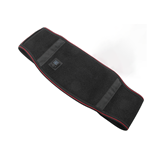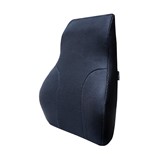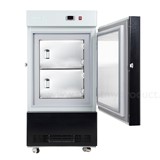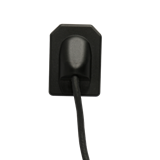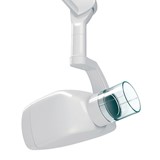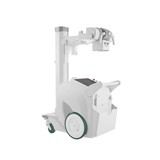Acute low back pain affects four in five Australians at some point in their life and is the second most common reason why people see their doctor for pain relief.
The excruciating and often debilitating pain can lead people to think something is seriously wrong and seek a diagnostic test, but NPS warns most of the time scans and x-rays won’t find the problem and may cause damage to your health.
“In this age of technology people often assume that a scan or x-ray will magically reveal the cause of their pain and enable doctors to treat the problem faster. This is not the case for low back pain,” NPS clinical adviser, Dr Danielle Stowasser said.
In 85% of cases of acute lower back pain, the cause is non-specific, which is usually related to muscles and ligaments. It’s rarely due to any serious injury, disease or lasting spinal damage.
“People need to understand scans and x-rays won’t reveal the actual cause of the pain and in most cases having a scan does not change the treatment options or recovery time,” Dr Stowasser said.
As well as being a costly exercise, unnecessary scans and x-rays expose people to high levels of radiation. The amount of radiation to the reproductive organs region from a single plain x-ray of the lumbar spine is equivalent to being exposed to a daily chest radiograph for more than a year.
“Where a more serious issue is indicated, there are usually other symptoms and doctors, and physiotherapists who can order x-rays, will look out for red flags, for example unexplained weight loss or signs of infection,” Dr Stowasser said.
In 2008-09 nearly one in 10 GP consults led to imaging orders. Requests are increasing with an additional 2.7 million imaging orders per year more in 2008-09 than in 1999-2000. Five per cent of all imaging ordered related to back pain.
“Instead of asking for a test, NPS is encouraging people to learn how to manage their back pain and be assured it’s unlikely to be serious or cause lasting damage,” Dr Stowasser said.
MEDICINEWISE TIPS FOR MANAGING LOWER BACK PAIN
- Keep moving! Don’t spend more than 20-30 minutes sitting or lying in one position. Gentle exercise will help relax muscles and ligaments and get them working properly.
- If you need pain relief to stay active, use an over-the-counter analgesic. Paracetamol is the preferred choice because it has fewer side effects than ibuprofen in normal doses. If you aren’t getting sufficient relief talk to your pharmacist about other options.
- Never take more pain relief than what is recommended. It won’t give you more pain relief and may result in serious side effects such as liver failure or stomach damage.
- Ask your health professional about non-medicine treatments that might be right for you, for example heat or cold packs, manual therapy or acupuncture.
- Most people experience lower back pain for only a few days or weeks. If it persists or you experience other symptoms such difficulty passing or controlling the flow of your urine, numbness around your back or genitals, pins and needles or weakness in both legs, signs of infection or unexplained weight loss, see your doctor.
NPS has launched a new campaign to help consumers manage their lower back pain safely and effectively, with a range of resources including:
- Managing back pain symptomatic prescription pads for doctors, pharmacists and physiotherapists
- Online videos and content for consumers at www.nps.org.au/managing_pain







